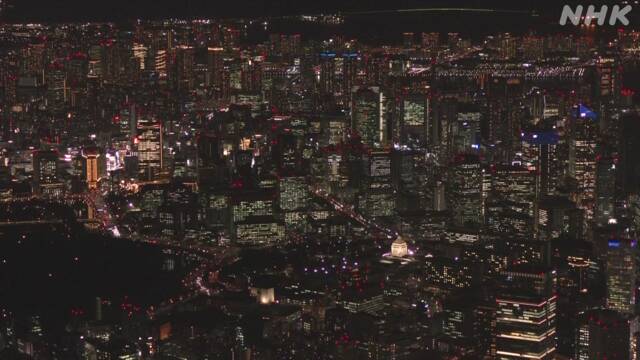On the night of the 8th, the first Friday night after the second state of emergency was declared, the number of people in downtown Tokyo decreased from last month, but it was significantly higher than last year's first declaration. I found out from the analysis of.
NHK is the first Friday after the second state of emergency is declared by IT-related company "Agoop" using the location information data of mobile phones collected in a form that does not identify individuals with the permission of the user. We analyzed the number of people from 6 pm on the 8th to midnight on the 9th.
As a result, the number of people in downtown Tokyo fell by 40% to 60% from last Friday's average, but well above the weekday average at the time of the first declaration last year.
Of these, Shinjuku and Kabukicho decreased by about 50% compared to last Friday, but doubled compared to last year's declaration.
Shibuya Scramble Crossing has decreased by about 60% compared to last Friday, but it has increased by about 1.9 times compared to last year's declaration.
Ginza has decreased by about 60% compared to last Friday, but it is about four times as much as last year's declaration.
Roppongi has decreased by about 40% compared to last Friday, but it is about 1.6 times that of last year's declaration.
On the other hand, the number of people in the three prefectures other than Tokyo decreased by about 30% at Yokohama station compared to last Friday, about 1.9 times compared to last year's declaration, and about 30% at Omiya station compared to last Friday. It has decreased by about twice as much as last year's declaration, and Chiba station has decreased by about 10% compared to last Friday, and about 2.1 times as much as last year's declaration.

